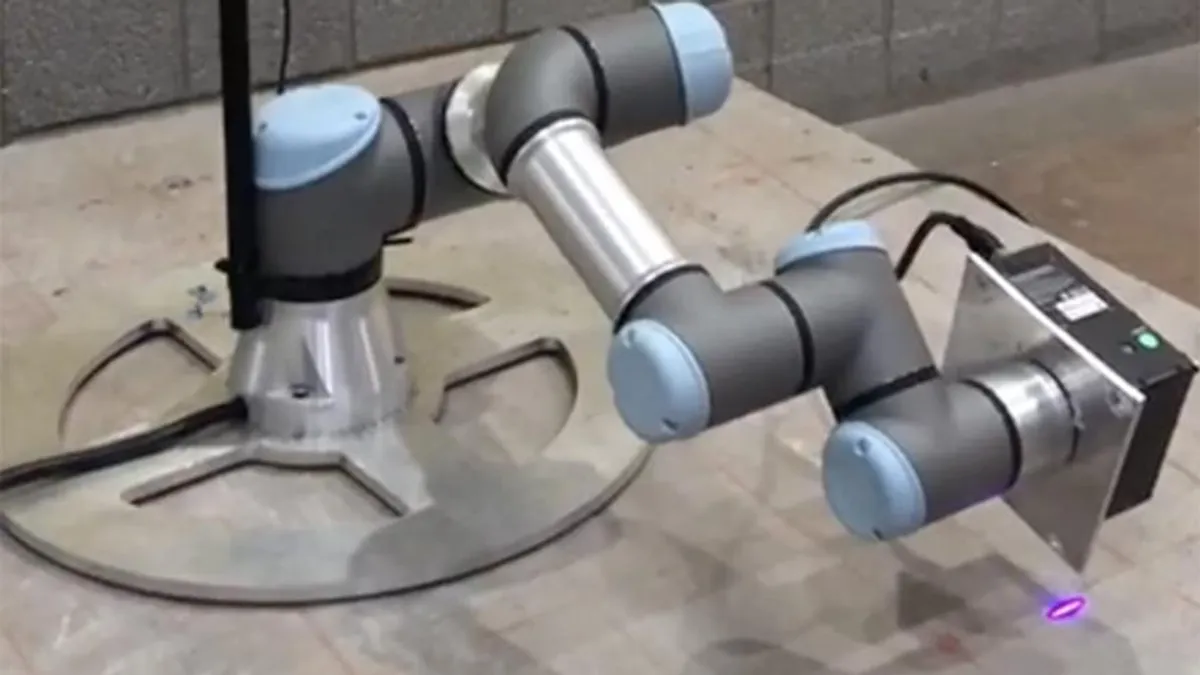Dive Brief:
- A team of researchers from Drexel University in Philadelphia created an AI-based system to inspect roads and bridges that can flag and monitor cracks before they develop into bigger issues.
- The research team wants to augment visual inspection technologies with a new machine learning approach that combines computer vision, which allows machines to recognize and understand objects, with a deep-learning algorithm to pinpoint problem areas, according to a Drexel press release. Combined with autonomous robots, researchers said the approach could help efficiently inspect and identify problem areas in infrastructure.
- Once an issue is spotted, the process then conducts a series of laser scans of the region to create a digital twin of the structure that humans can use to assess and monitor the damage, including tracking crack growth over time, according to the release.
Dive Insight:
Drexel’s method, which researchers published in the journal Automation in Construction, uses a high-resolution stereo-depth camera to record images of a structure before feeding them into a deep-learning program called a convolutional neural network.
These systems can spot the finest of patterns and discrepancies in massive volumes of data, researchers said, with applications previously used in drug development, deepfake detection and facial recognition technology.
Arvin Ebrahimkhanlou, an assistant professor at Drexel’s College of Engineering and a member of the research team, told Construction Dive that the team has been in contact with the National Academy of Building Inspection Engineers throughout the design process.
“The neural network has been trained on a dataset of sample cracks, and it can identify crack-like patterns in the images that the robotic system collects from the surface of a concrete structure,” Ebrahimkhanlou said in the release. “We call regions containing such patterns, regions of interest.”
While the technology has been tested in a lab setting, Ebrahimkhanlou told Construction Dive the team needs a partner to test it in the field, which will take at least a few years.
In its latest assessment of America’s infrastructure, the American Society of Civil Engineers found a $786 billion backlog on road and bridge repairs alone.













